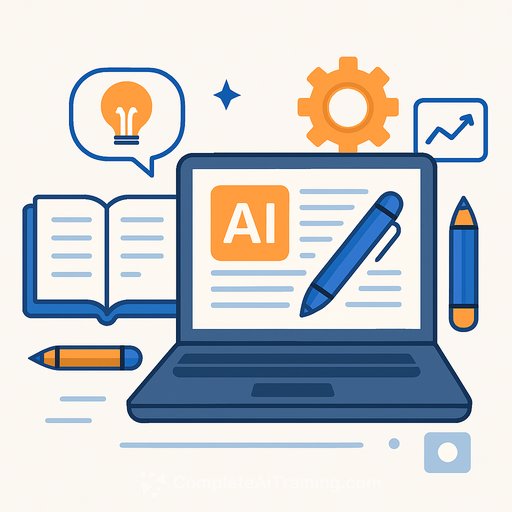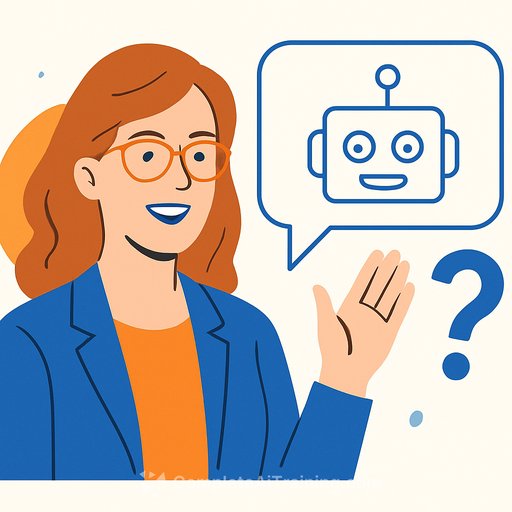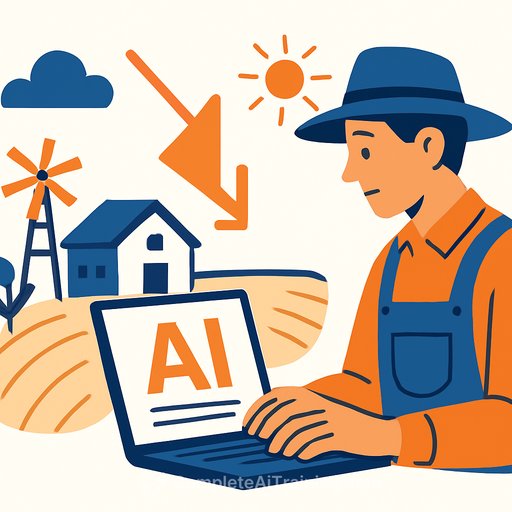BRIN Develops AI Tool to Analyze and Identify Anonymous Writings
JAKARTA – The National Research and Innovation Agency (BRIN) is creating an AI-driven technology to analyze written texts and identify their authors. This tool aims to uncover the origins of anonymous or questionable writings by examining writing style and language patterns.
The project is led by BRIN's Language, Literature and Community Research Center (PR BSK). Its primary focus is on forensic linguistics, helping researchers collect valuable data on language variations across different regions.
Collecting Language Data for Research
Devi Ambarwati Puspitasari, a researcher involved in developing this AI model, highlights the importance of gathering diverse language data. This data supports not only authorship identification but also broader linguistic research.
Since 2023, Devi and her team have been collecting data from various locations, including the new State Capital (IKN), Eastern Indonesia, and West Kalimantan’s Pontianak and Entikong. This wide-ranging research helps build a comprehensive database of language variations and writing characteristics.
How the Authorship Analysis Works
The technology compares anonymous or disputed texts with reference writings to determine probable authorship. It analyzes linguistic features to profile sociolinguistic characteristics, which helps identify unique traits of the writer.
This approach supports forensic linguistics by offering a systematic way to verify authorship, which can be useful in legal, academic, or literary contexts.
Practical Value for Writers
For writers, understanding AI tools like this provides insight into how writing style can be analyzed and distinguished. This knowledge can help in protecting intellectual property, verifying authentic works, or even studying language use variations.
Writers interested in exploring AI applications in language and writing might find valuable resources and courses on Complete AI Training, which offers specialized AI courses tailored for various professions.
Note: This article was originally published in Indonesian. Translations into English, Chinese, Japanese, Arabic, and French are generated automatically and may contain inaccuracies. The Indonesian version remains the primary source.
Your membership also unlocks:






